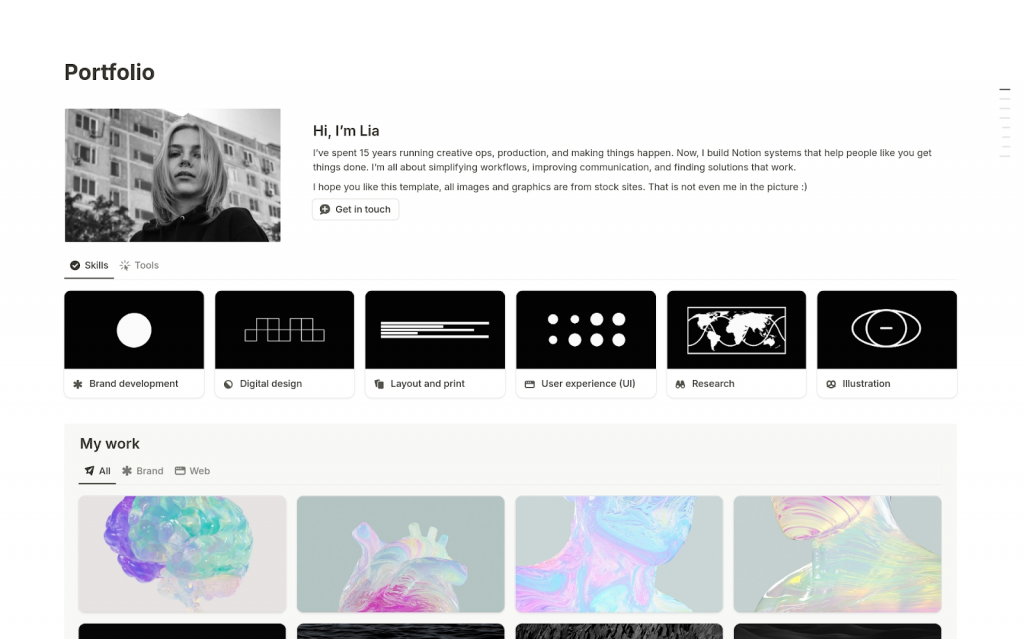In today’s creative world, a degree alone no longer guarantees recognition. Every year, hundreds of design graduates step into the same industry, equipped with similar tools and skills. What separates those who get noticed from those who blend into the crowd is how well they’ve built their brand identity, even before graduating.
Building a brand as a design student isn’t about having a logo or website right away. It’s about understanding who you are as a creator, what you stand for, and how you communicate that through your work, values, and voice. Here are 10 key areas to focus on while shaping your brand before stepping into the professional world.
1. Define What Makes You Different
Before anything else, clarity is key. Identify what kind of designer you want to be known as, whether it’s a textile innovator, furniture experimenter, UX thinker, or sustainable product creator.

A niche doesn’t limit creativity; it helps people understand your strengths. When someone can describe your style in a sentence, your brand has direction.
Example: “I design minimal, nature-inspired spaces using local materials.”
This level of focus makes your work memorable and attracts the right audience.
2. Choose Two Platforms That Matter
Many students make the mistake of being active on every social platform and burning out quickly. Instead, choose two key platforms that suit your goals. For visual designers, Instagram + Behance works best. For researchers or strategic designers, a LinkedIn + Portfolio website might be stronger. The goal is not to post everywhere but to show up consistently and meaningfully where your audience and industry are most active.
Pro tip: Create content that fits the platform’s tone, visual storytelling on Instagram, case studies on Behance, and professional updates on LinkedIn.
3. Share Your Process, Not Just Final Work
Perfection may impress, but process builds connection. Show the “making” behind your designs — sketches, failed experiments, fabric tests, and prototypes.

When people see how ideas evolve, they understand your thinking and creativity better. It also makes your journey relatable to peers and professionals alike. Your design process becomes a narrative, something clients and mentors value even more than the final outcome.
4. Think Long-Term, Act Small
Brand growth depends more on rhythm than frequency. Posting every day isn’t necessary; posting regularly is. Pick a schedule that fits your academic life, maybe one post a week or one project update every fortnight.

Consistency signals professionalism and commitment, while random bursts followed by silence weaken brand recall.
Small step: Use a simple content planner or reminder app to stay on track.
5. Write Captions That Add Value
A well-written caption turns an image into a story. Instead of vague lines like “New work!” or “My latest project,” write about the why: What problem did you solve? What inspired the concept? What material did you experiment with? Good captions make your audience pause and think. They showcase thought leadership, one of the strongest brand qualities a designer can have. You can use the “What + Why + Insight” formula to structure your captions.
6. Build a Simple Portfolio Website
Think of your portfolio site as your online studio. It doesn’t need to be elaborate — clean design, clear images, and short descriptions work best. Include your top 5–6 projects, an ‘About’ section with your creative philosophy, and a contact option. Tools like Notion, Wix, or Adobe Portfolio are perfect for students and easy to update as your work grows.

Having a personal website also shows initiative and professionalism, a major plus for internships or collaborations.
7. Network and Collaborate
Brand-building is not just about self-promotion; it’s about conversation. Interact with peers, seniors, and mentors online. Comment on posts, ask questions, appreciate others’ work, and participate in small design challenges.

Engagement builds recognition. The more genuine your interactions, the more likely people will remember your name and work. Even 10–15 minutes a day of thoughtful interaction can grow your network meaningfully over time.
8. Develop a Consistent Voice
Every designer has certain visual habits, such as recurring colors, textures, compositions, or themes. These are clues to your personal visual identity. Observe your own portfolio: do your works reflect minimalism, bold contrasts, or cultural motifs? Embrace what feels authentic and refine it over time. Eventually, people will start recognizing your work even before reading your name; that’s brand identity in action.
9. Document Everything
Every design journey has valuable lessons. Photograph your prototypes, save your mood boards, record your exhibitions, and archive old sketches. This documentation not only helps build your portfolio but also allows you to reflect on how your ideas have evolved.
When you share your progress from concept to completion, you build transparency and credibility, both key elements of a strong design brand.
10. Track What Works
Brand-building is also about reflection. Keep track of what type of content, style, or project attracts engagement or opportunities. Is it your process videos, sustainable approach, or storytelling visuals that people respond to most? Use those insights to refine your direction. Growth doesn’t happen from posting more; it happens from posting smarter.

At ARCH College of Design & Business, students are encouraged to start this journey early. The college nurtures brand-building organically through project-based learning, portfolio development, and real-world collaborations. Students document their work, showcase it in exhibitions, and learn the importance of presentation, critique, and visibility — essential skills to create a brand that extends beyond the classroom. Through mentorship and exposure, ARCH helps students graduate not just as designers but as emerging creative brands ready for the world.
Be part of a community that nurtures individuality and creative growth. Join ARCH and begin crafting your brand story today!
